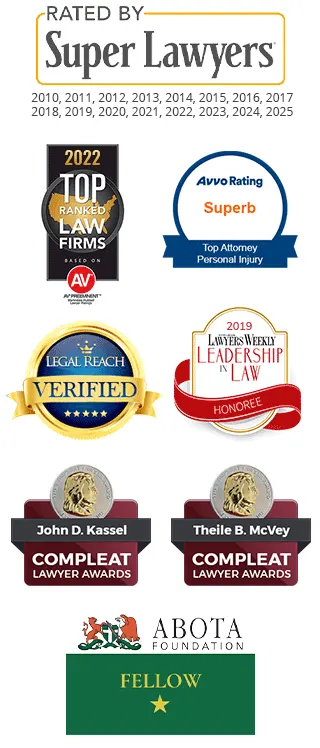

Disclaimer: Any results that the firm may have achieved on behalf of its clients in other matters does not necessarily indicate similar results can be obtained for you. These settlement and verdicts are for general information only.
The Nip Point Case
Jimmy had been on the job for five months in the plant in the small South Carolina town in the Pee Dee. He was operating a sophisticated machine that made erosion control blankets.
Employees relied on respirator masks and ear plugs to guard against the airborne dust and noise levels. Out of the end of the machine Jimmy was operating came eight-foot-wide rolls of straw held together by a nylon backing. The blankets would be used on highway projects to secure embankments from soil erosion.
During the morning shift, the straw material began bunching up as it headed to the winder rollers. Jimmy grabbed the edge of the moving blanket with his right hand to attempt to straighten out the blanket. Before he knew it, his right hand and arm had been dragged into the winder rollers, stopping only at his shoulder.
The emergency stop button and stop cord were out of reach. Jimmie suffered massive fractures of all the bones in his forearm and upper arm. He had muscle and tissue loss. He would never recover his strength and range of motion. Jimmy’s orthopedic surgeon described the right dominant hand as at best a “helper hand.” Jimmy was 35 at the time.
The lawyers at Kassel McVey looked at Jimmy’s case. We visited the plant and inspected the machine with an expert in mechanical engineering. It turned out the machine had two rollers rotating very close together in opposite directions. This condition has long been described in the engineering literature as a “nip point,” a recognized hazard capable of causing severe injury or death.
Jimmy was injured by an unguarded nip point. Were safeguards available that would have prevented this injury? We wanted to find out. Through the use of subpoena power and depositions, we learned of several similar tragic accidents occurring on similar machines long before Jimmy got hurt. A similar injury had occurred to a plant manager in Pennsylvania. We found a similar injury to a worker in southeastern Georgia.
And yes, there was a safety device available that was cost-effective, reliable, would not unduly interfere with production, and, most importantly, would have prevented injury. The safety device is called a light curtain. It shoots a beam of light in front of the winder rollers. Operating much like the electric eye of a garage door opener, the light curtain is designed to stop the winder rollers instantly if a hand or object breaks the beam.
There was one problem with this product liability case. The machine manufacturer hired expert engineers who gave opinions that light curtains don’t work, are not reliable, and can easily be undermined. The engineers claimed that the injury to Jimmy wasn’t due to a lack of safeguarding, but rather it occurred because Jimmy had placed his hand too close to the moving winder rollers.
That seemed like a formidable argument. That is, until we took a trip to Europe for depositions of the machine manufacturer. After hiring a court reporter, videographer, and translator, we learned one key fact: the manufacturer itself does not allow its operators to run its own machine in its own plant without a light curtain guarding the winder rollers.
The lesson was clear. It made no sense to blame the worker for a catastrophic injury when simple safeguarding was available that would have eliminated the risk of injury. From time to time, workers make mistakes. It should not cost them an arm and a leg.
Personal Injury Lawyers 1330 Laurel Street Columbia, SC 29201 Phone: 803-256-4242
Mailing Address
Post Office Box 1476
Columbia, South Carolina 29202
Fax: (803) 256-1952
Copyright © 2023 John D. Kassel, Attorney at Law, LLC. All rights reserved. Privacy Policy I Terms of Service | Disclaimer
This website is designed for general information only. The information should not be construed to constitute formal legal advice or the formation of a lawyer/client relationship. The results and testimonials listed on this website are specific to the facts and legal circumstances of specific cases and should not be used to form an expectation that the same results could be obtained for other clients in similar matters. This list is not a description or characterization of the quality of the firm's representation, it is not intended to compare one attorney's work to another and is in no way a guarantee of a specific result for your case.

